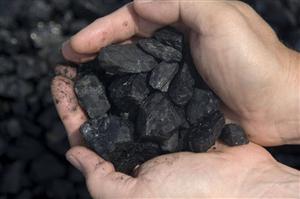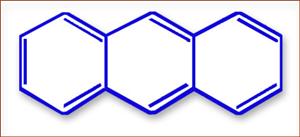Water Quality Indicators: Hydrocarbons
Hydrocarbons include a large class of hydrogen- and carbon-containing compounds. Natural sources of hydrocarbons include petroleum and natural gas deposits as well as the conversion of organic molecules in the environment through chemical or biological processes (Neff et al. 2005). Hydrocarbons are important sources of energy and raw material for the production of numerous other chemicals and consumer products.
The chemical structure of hydrocarbons can vary in terms of size, saturation of chemical bonds, and structure; hydrocarbons can exist as a long, straight chain of atoms or as rings. Polycyclic aromatic hydrocarbons (PAHs) are one type of hydrocarbon that consist of two or more fused benzene rings.
PAHs
PAHs are found naturally throughout the
Naphthenic Acids
Naphthenic acids are another type of hydrocarbon that has been identified as a potential toxicity concern in the
Human Sources
Both PAHs and naphthenic acids are associated with industrial oil sands projects. Large amounts of wastewater containing elevated concentrations of these chemicals are stored in vast tailings ponds, which will eventually become part of a reclaimed landscape. Other industrial sources of PAHs include the pharmaceutical, photographic, and chemical industries, pest treatment, urban runoff, and creosote-contaminated sites.










